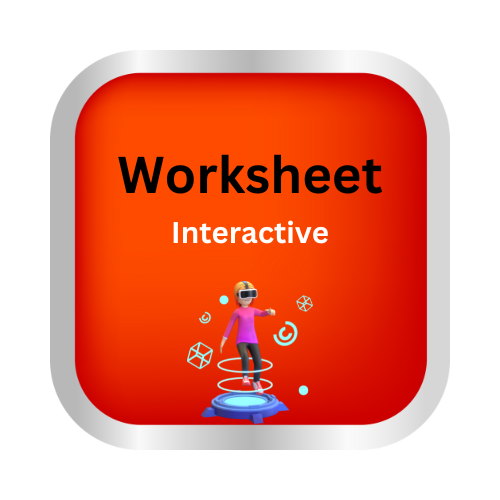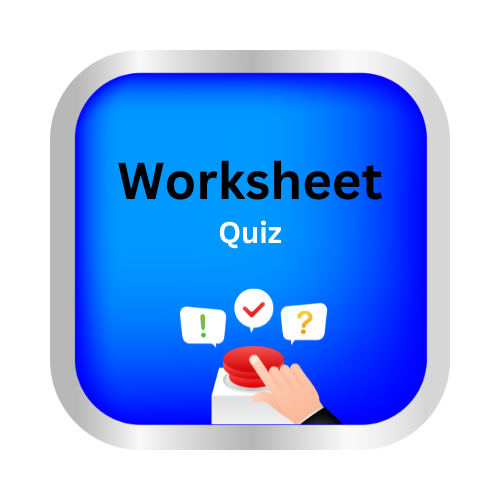High Speed Winds Are Accompanied By Reduced Air Pressure
Key Notes :
1. Introduction to Air Pressure
- Air pressure is the force exerted by the air on a surface.
- It depends on factors such as temperature, altitude, and the speed of wind.
2. Relationship Between Wind Speed and Air Pressure
- High-Speed Winds: As wind speed increases, the air pressure in the surrounding area decreases.
- This phenomenon is explained by Bernoulli’s Principle, which states that faster moving air exerts less pressure.
3. Real-Life Examples
- Cyclones: High-speed winds in a cyclone are accompanied by a low-pressure system at the center, causing air to rush in from surrounding areas.
- Flying Objects: A strong gust of wind can lift light objects due to reduced pressure above them.
4. Demonstrations and Activities
- Blowing Paper Activity:
- Hold a strip of paper at one end and blow air over it. The paper rises because of the reduced pressure above it.
- Bottle Experiment:
- Take an empty plastic bottle. Squeeze it slightly, close the lid, and release the squeeze. The bottle doesn’t return to its shape because of the lower pressure inside.
5. Effects of Reduced Air Pressure
- Weather Phenomena: Reduced air pressure leads to storms, cyclones, and tornadoes.
- Structural Damage: Fast winds with low pressure can damage roofs or uproot trees.
- Airplane Flights: Pilots need to account for reduced air pressure at high altitudes caused by high wind speeds.
6. Preventive Measures
- Cyclone Shelters: Strong structures to protect people from the effects of cyclones.
- Secure Loose Objects: Tie down or store loose objects during strong winds to prevent accidents.
7. Scientific Applications
- Understanding the relationship between wind speed and air pressure helps meteorologists predict storms and design efficient structures.
Let’s practice!

